Governance plays a pivotal role in the business workflow and is significant for the smooth functioning of an organisation which is expanding at a steadfast pace. In this digitised world of organised chaos, demand for agile marketing has resulted in the accretion of digital assets to such an extent that some of them seem superfluous. Digital Asset Management (DAM) and Drupal can come together to smartly strategise the way enterprises handle unimportant assets.
Drupal governs the content on the website whereas Digital Asset Management manages creation, assessment and approval of digital assets.
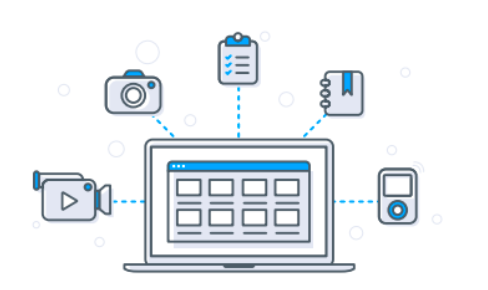
A superabundance of assets clog up our devices and blot out the productivity. Digital Asset Management can help enterprises in eclipsing outmoded asset management processes and take back control of their digital files. Therefore, it helps in optimising content processes and makes life much easier.
Decoding the Digital Asset Management
What is involved in digital asset management? DAM is a content management and branding automation system which uses the centralised mode of storing and governing voluminous digital files. It accredits enterprises to connect, control, and centralise both the local and the global access to digital files thereby ensuring that digital assets are accessible to everyone whenever they have the dire need of them.
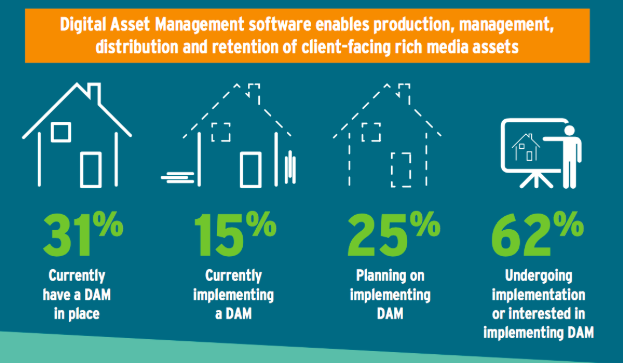
Grid, The Guardian’s image management system, is a very good example of an open source digital asset management system. Its team used pragmatic agile processes to build it quickly. It is now incorporated with its print workflow and is used for almost half of the images used in their digital content.
Does it ring a bell? Definitely! Content Management System (CMS) like Drupal also has its foundation in the provision of a centralised mode of content dissemination. So what’s the difference between CMS and DAM?
Difference between DAM and CMS
Content Management System and Digital Asset Management are two systems that work brilliantly with the digital content but are designed for different tasks.
| Digital Asset Management | Content Management System |
|
Central repository for handling digital assets |
The central system for governing content on the website |
|
Example: Acquia DAM |
Example: Drupal |
In general, Content Management System, for example, Drupal, is the entire foundation for governing content on the website. The term ‘content’ means anything that is displayed on your site and not just blog posts which are managed by CMS.
In contrast, a Digital Asset Management manages more than just your website. It powers the entire sales and marketing organisation. It acts as the central repository for the approved assets. Moreover, it is the collaborative workflow engine between marketers and designers for the creation, assessment, and approval of those assets.
A Plethora of Benefits
With a superabundance of benefits, Digital Asset Management enhances productivity, improves brand consistency and boosts team collaboration.
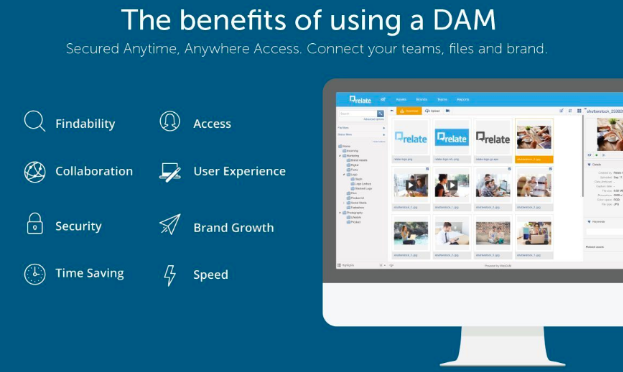
- Cuts business costs: It can improve your ROI through quicker creation, retrieval, and dissemination of company content. Do-it-yourself design templates for business cards, banner ads etc. cut both internal and external admin, design, and production costs.
- Security: It provides collective security measures built around your data’s needs and adheres to strict digital rights management (DRM) guidelines. For instance, be it navigating outmoded sharing methods, or supporting teams to establish effective user access permissions, it maps the usage rights vis-à-vis your digital assets. Internal management of brand’s corporate identity: By paving the way for corporate identity guidelines and numerous on-brand digital assets, it offers secure global access to approve useable content.
- Integration scope: It seamlessly integrates with your existing infrastructure. It helps you in improving project management, delegating resources and roles, optimising and targeting assets, and identifying top-performing content by working with CMS, customer relationship management (CRM) and several other marketing, sales and IT solutions.
- Efficient file management: It eliminates the need to find and deliver assets via multiple locations thereby removing any costly errors and inefficiencies incurred through clumsy file management.
- Time-Saving: It provides 24X7 access to company collateral from anywhere. Thus, it removes the need for time-intensive file searches and avoids the need for recreating missing assets.
Choosing the Best Digital Asset Management for your Business
So, how to strategise in order to choose the best Digital Asset Management? It is important that you understand your prerequisites before making the decision of selecting a Digital Asset Management.
Understanding DAM capabilities
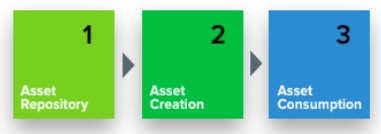
- Repository: One of the first things that you need to consider is a core digital asset repository. A centralised asset repository should on the top of the priority list for efficacy in controlling and governing the assets.
- Creation: Through workflow and collaboration tools, can help with the creation of assets. If you have multiple departments or have agencies working together to create digital assets, it can make the process of creation of assets faster and makes its easier to assess and approve them. It also ensures that everyone uses the same transparent process. Workflow management tools pre-defines stages and roles so that you can know the status of every asset and their requirements instantly.
- Consumption: It depends on people and systems to determine how these assets are being used. Your Digital Asset Management should be able to provide a way for employees to search for and download assets on their own.
Understanding your Goals

- It should simplify the production of digital assets.
- It should improve the quality, consistency, and on-brand of assets being created especially in the enterprises with global digital marketing teams.
- It should be able to allow the organisation to keep a record of all the assets without leaving a question mark on where to add them or their approval status.
- It should alleviate manual requests that are being made by the marketing team to provide specific files to several people and groups like logos, product images, campaign assets, sales collateral etc.
- It must master your brand consistency.
- It should decrease the time taken to integrate assets into digital marketing campaigns and user experiences.
Understanding your Users
- Develop a list of stakeholders, people in your organisation, and even outside of your organisation who will be interacting with Digital Asset Management.
- Stakeholders include digital marketers, designers, sales, partners, IT etc.
- Understand what their access and roles are with the Digital Asset Management.
Understanding your Requirements
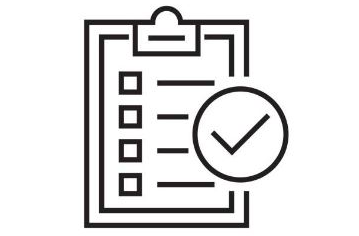
- Get the feedback from each of your stakeholder groups. Know what are their most common challenges and build a list of requirements. Make sure to understand the use cases so that you can prioritise those requirements.
- Digital Asset Management systems have the capability to fulfill the need of basic requirements of small teams to extremely intricate ones for sophisticated large teams.
Keep a note of typical requirements of organisations utilising Digital Asset Management as mentioned in the tabular column below.
| Requirement | Description |
|
Asset Approval |
Processes required to create a new asset should be well managed |
|
Asset Review |
A collaborative asset review cycle for the people to add comments, markups, and feedback to asset proofs |
|
Asset Access (Internal) |
A portal for employees to search and download assets. Access control by region or department would be required |
|
Asset Access (External) |
A controlled asset access for the external users paving the way for secure sharing of assets with partners, contractors, agencies etc. |
|
Branding guidelines |
A self-serve access point to get the approved branding guidelines like product images, logos, color palettes etc. |
|
Structured assets |
Assets should be placed in the folders |
|
Keywords/Tags |
Assets should be assigned with keywords and tags |
|
Customer fields |
Custom metadata fields should be assigned to assets |
|
Reports |
There must be reporting and assessment on asset usage |
|
Direct access for marketing system |
There must be provision for utilising approved assets for creating web banners, blog posts, email marketing campaigns etc. directly from the Digital Asset Management |
Understanding your Deployment Options
Deployment options for Digital Asset Management constitute on-premise, private cloud, and Software-as-as-Service (SaaS). To understand what works best for your business needs, let’s look at the merits and demerits of these deployment options.
| On-Premise | Private Cloud | SaaS |
| Merits | ||
|
|
|
| Demerits | ||
|
|
|
Drupal modules for DAM Integration
Acquia DAM offers a centralised cloud repository to keep all creative assets systematised, tagged and searchable throughout the lifecycle of those assets. Its easy-to-use workflow and collaboration capability lets digital marketers and designers search, review, approve and publish assets faster
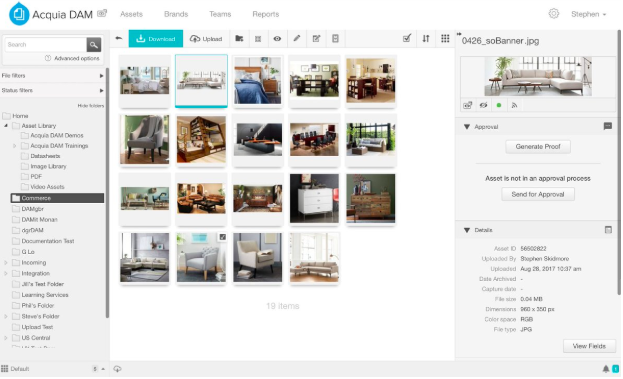
It allows seamless integration with Drupal 7 and Drupal 8 for delivering a wonderful digital experience by incorporating captivating rich-media assets for centralised management.
Media: Acquia DAM, Drupal module, helps in the integration of Drupal with Acquia DAM. The integration helps Drupal content editors to browse the Acquia DAM repository using their own credentials via an entity browser plugin. They can search by keyword in order to find the right assets for the usage. WYSIWYG editor allows content authors to add assets easily. The assets marked for the usage are copied to Drupal and are stored as Media Entity references thereby rendering image styles.
Through a cron job, these assets are kept in sync between Drupal and Acquia DAM. Updates made to the assets are automatically reflected in Drupal.
This module provides a media entity provider for importing asset metadata into fields on your entities. Users can view the metadata directly in the entity browser without having to import the assets. It also provides a usage report of an asset within Drupal.
Another very useful digital asset management solution is Bynder which is a cloud-based platform for digital marketing teams to create, find, and use digital content.
Bynder integration Drupal module aids in the integration of Drupal with Bynder thereby providing seamless access to asset bank on your website. Users can import assets from and upload assets to Bynder. Image styles imported from Bynder can be displayed to match the derivatives created.
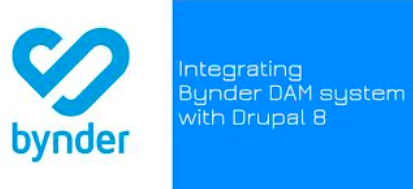
A digital agency integrated Bynder with Drupal using modules like Entity Browser and Media Entity.
Media entity module made it possible to represent Bynder assets in Drupal without actually copying them over. Its powerful metadata API helped in exposing and using all the information about them in the context of a Drupal website. It offered a central management of assets and their full availability on sites which consume them.
Entity browser module helped in implementing a user-friendly interface for letting the users browse their Bynder assets from the editor’s node of their Drupal site.
DropzoneJS driven widget helped in uploading the right assets into the Bynder DAM directly from the Drupal site.
Case study
Vallabhbhai Jhaverbhai Patel aka Sardar Patel was India’s first Deputy Prime Minister and played a pivotal role in India’s freedom movement. The Sardar Patel website, built on Drupal 8, showcasing information about him gathered from numerous libraries.
The digital assets of more than 2000 content records related to the man events in the life of Sardar Patel can be viewed in the Sardar Patel website.
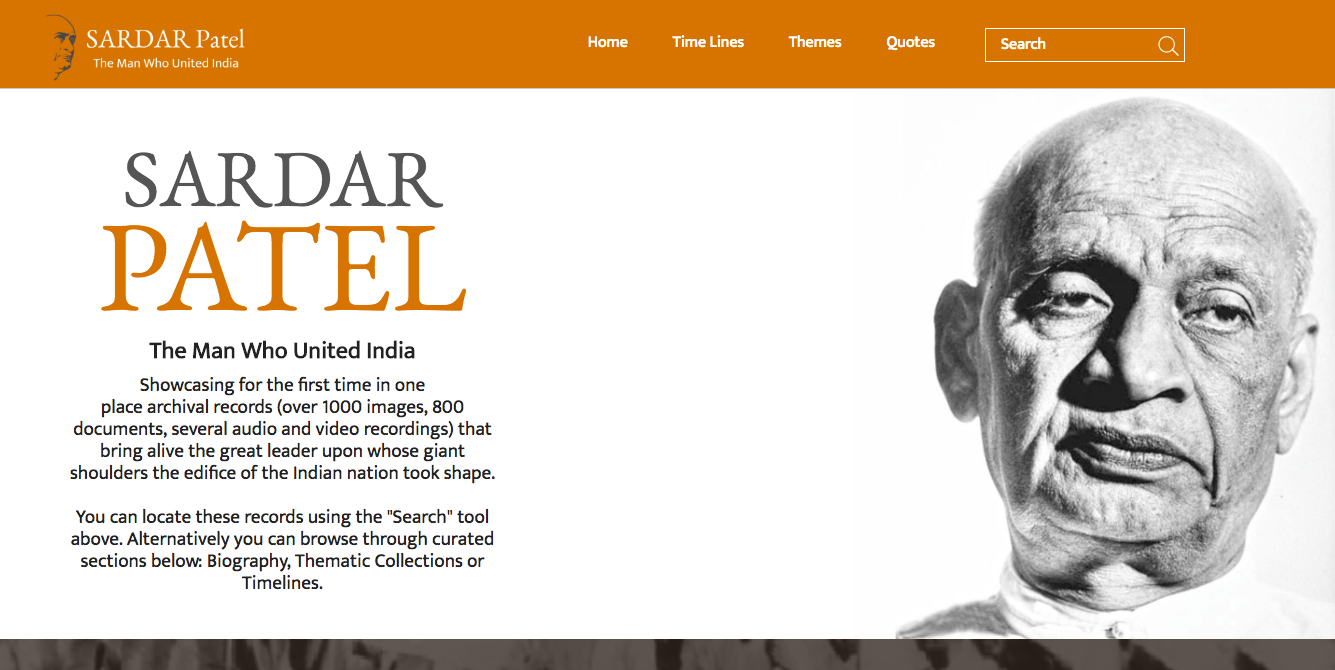
Objectives
The main goal behind building a dedicated site was to access books, texts, videos, audios, and similar content about him in multiple languages. By gathering and standardising the available digital assets, everything about him would be present in an easily searchable form. This would, thus, help in preserving the history of India’s influential freedom struggle through digital content for the generations to come.
Drupal 8 to the rescue
- The scalability of Drupal 8 helped in migrating 2000+ content from several different sources under a single umbrella.
- It also lent a mobile-first user experience.
- Drupal’s out-of-the-box capabilities for building a multilingual site helped in translating the content into multiple languages.
- Moreover, being the most security focussed CMS, it turned out to be the best choice for the website.
Result
- 1 TB of data comprising of 1000 images, 800 textual content, numerous audio and video recordings were added as content in addition to keeping the site navigation simple and easy. Most importantly, importing of content in bulk was possible with Drupal 8 thereby streamlining the content migration process and saving a lot of time.
- For easy access, the website content was sorted and arranged by the main events or themes in addition to the chronological order of events that transpired in his life.
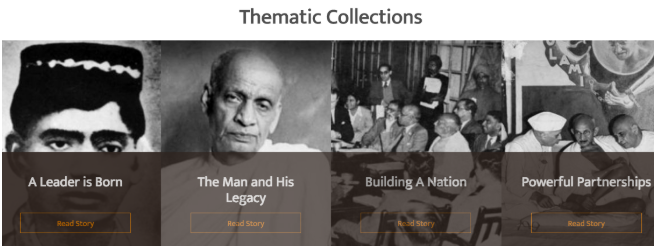
- The site has easy search capability with filter options enabled to zero in on a particular subject.
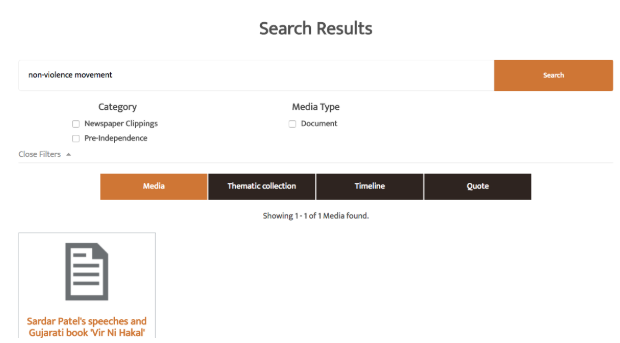
What the Future holds for DAM?
Mobile applications would be at the epicentre of Digital Asset Management in the coming years. Native applications offer a seamless user experience both online and offline. Connected directly to your asset bank, they provide a mobile marketing portal and interactive features that help in creating, handling, and using the digital content on the fly. No matter what is the location of the user and whether or not they are near their laptop or desktop, they can always work with assets.
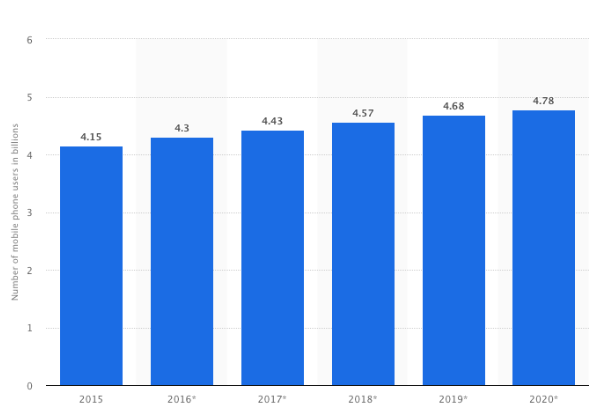
Artificial Intelligence technology is becoming more mainstream, affordable and accessible. Digital Asset Management can leverage the benefits of AI for automating processes and centralising tasks. Also, features like facial, location, and image recognition variables; geospatial technology, and deterministic reasoning capabilities will be the key to utilising AI.
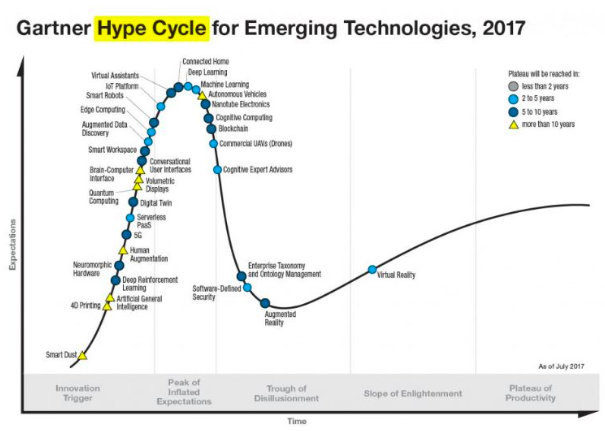
Machine learning algorithms can be of great use for Digital Asset Management in the future. It can recommend assets for a particular channel or task within a campaign based on analytical data. This would help you in promptly selecting the best asset swiftly without wasting the time thinking over which video, image or banner will best serve your digital marketing pursuits.
Conclusion
With the rapid expansion of businesses, digital assets like images, videos and company documents are piling up to an unimaginable extent. It is imperative that a proper governance is incorporated to handle these increasing digitised assets. Drupal 8 can be a wonderful option to integrate Digital Asset Management to manage your organisation’s increasing online presence and its ever-growing digital assets.
Drupal development is our key service where we are excelling since our birth as a company. Ping us at [email protected] to instill the best asset management solution for your enterprise using Drupal 8.
Subscribe
Related Blogs
Inside the Drupal AI Summit: Themes, Speaker and What To Expect

“ The web is changing fast, and AI is rewriting the rules. It writes content, builds pages, and answers questions directly,…
FOST and Drupal AI Initiative: Next Era of Responsible AI

Three years after the launch of generative AI tools marked a new age for artificial intelligence, almost 90% of survey…
Drupal AI Ecosystem Part 5: AI Content Suggestions
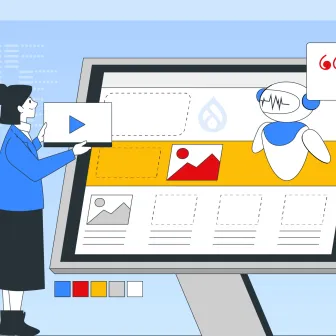
Drupal has steadily evolved from being just a content management system into a flexible platform that incorporates emerging…




